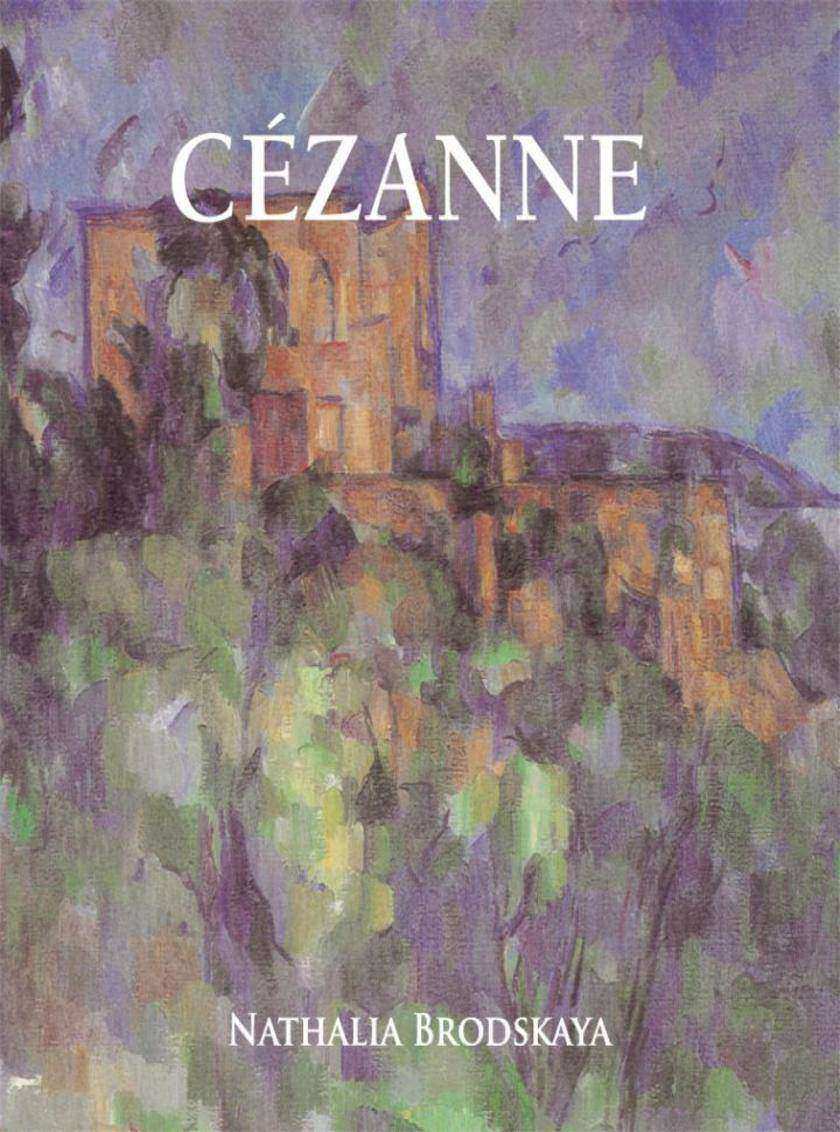
Cézanne
¥40.79
让我们去发现保罗·塞尚(Paul Cezanne)的作品,他对于技巧和形式的探讨定义了绘画的后印象主义运动,也为立体主义的出现搭建了艺术的舞台。他大胆地运用亮丽的色彩,影响了之后好几代艺术家,也让今天的我们感到惊喜和愉悦。这本Mega Square收录了大量这位重要的法国画家的作品——当然,对于任何一位艺术粉丝来说,都是一份至上的礼物。
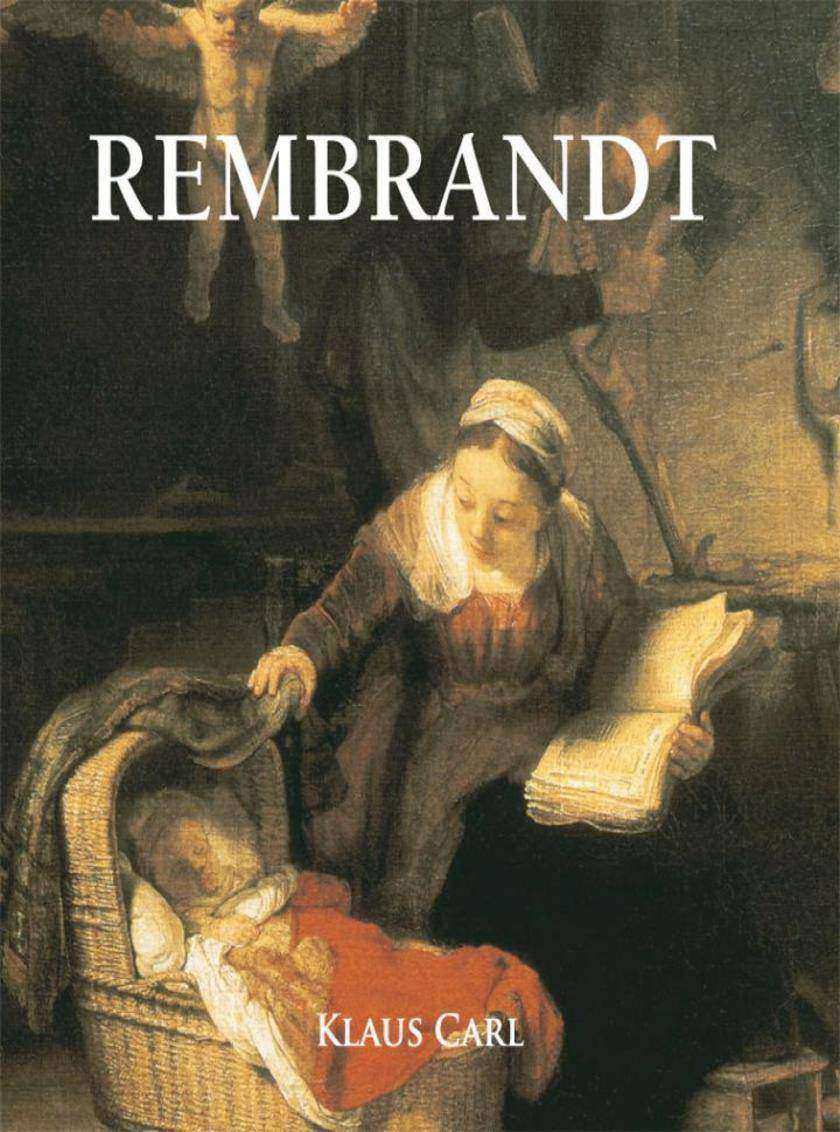
Rembrandt
¥40.79
Rembrandt is completely mysterious in his spirit, his character, his life, his work and his method of painting. What we can divine of his essential nature comes through his painting and the trivial or tragic incidents of his unfortunate life; his penchant for ostentatious living forced him to declare bankruptcy. His misfortunes are not entirely explicable, and his oeuvre reflects disturbing notions and contradictory impulses emerging from the depths of his being, like the light and shade of his pictures. In spite of this, nothing perhaps in the history of art gives a more profound impression of unity than his paintings, composed though they are of such different elements, full of complex significations. One feels as if his intellect, that genial, great, free mind, bold and ignorant of all servitude and which led him to the loftiest meditations and the most sublime reveries, derived from the same source as his emotions. From this comes the tragic element he imprinted on everything he pa

Van Gogh
¥40.79
来吧,来翻来书页欣赏优美的画作,来探索后印象主义的创造性天才——文森特·梵高(Vincent van Gogh)。生动活泼的色彩,异想天开的画笔,这些画作让我们能够洞察梵高波动的内心世界。这本Mega Square的小册子带你领略这位成就非凡的画家。

Goya
¥40.79
Goya is perhaps the most approachable of painters. His art, like his life, is an open book. He concealed nothing from his contemporaries, and offered his art to them with the same frankness. The entrance to his world is not barricaded with technical difficulties. He proved that if a man has the capacity to live and multiply his experiences, to fight and work, he can produce great art without classical decorum and traditional respectability. He was born in 1746, in Fuendetodos, a small mountain village of a hundred inhabitants. As a child he worked in the fields with his two brothers and his sister until his talent for drawing put an end to his misery. At fourteen, supported by a wealthy patron, he went to Saragossa to study with a court painter and later, when he was nineteen, on to Madrid. Up to his thirty-seventh year, if we leave out of account the tapestry cartoons of unheralded decorative quality and five small pictures, Goya painted nothing of any significance, but once in contro

Schiele
¥40.79
埃贡·席勒(Egon SchieleA)的作品是如此与众不同,他拒绝被分类。席勒在年仅十六岁的时候被维也纳艺术学院录取,很早就成为了出色的艺术家。他对于线条的完美把控,使得作品充满了紧张的表现张力。他深刻地坚信自己作为艺术家的重要性,在短暂的年轻岁月中完成了很多其他艺术家一生的艺术成就。他扎根在维也纳分离艺术中的“青年风格,和那一代人一样,他受到了维也纳*魅力和名气的艺术家古斯塔夫·克里姆特(Gustav Klimt)的影响。克里姆特也认识到了席勒那超凡脱俗的分才能,他开始支持这位年轻的艺术家。席勒在短短几年的时间里,便脱离了他导师的性感装饰影响,独具一格。1910年开始席勒进行了大量而创新的创作,坚定不移地揭示人类的形式——不仅仅是他自身——如此深刻,也展现了他正在经历更加心理的、精神和情感的解剖,而非物理上的解剖。他绘画了很多城镇、乡村的风景,也创作了不少正式的肖像画和寓言神话的人物。但正是他极其坦率的作品,有些时候甚至带有明显的色情,以及他与未成年的模特的合作使他在吹毛求疵的道德观念面前有些脆弱无力。在1912年,他因冒犯道德的嫌疑——包括绑架、强奸和伤风败俗——而锒铛入狱。严重的指控(差不多指的是伤风败俗)没有成立,但席勒却在监狱中度过了绝望的三个星期。德国的表现主义画家圈子对席勒的作品的接受程度不温不火。他的同胞奥斯卡·柯克西卡(Kokoschka)的待遇却要好得多。他崇拜慕尼黑艺术家蓝骑士(Der Blaue Reiter),但蓝骑士却断然回绝了他。之后,在次世界大战期间,他的作品逐渐小有名气。在1916年的一次事件中,他被柏林的表现主义杂志Die Aktion认定为左翼。席勒是一种嗜好。在很早的时候,他便被认为是天才,这为他招揽了一小群长期沉迷其中的收藏家和崇拜者。但虽然如此,多年来他的生活和经济状况都岌岌可危。他经常欠债,也偶尔会被迫用一些廉价的材料,在发黄的皱巴巴的纸上画画或是用硬纸板,而不是画家的画纸或画布。只有在1918年他才在维也纳拥有了次实质性的成功。悲剧的是,不久之后,他和他的妻子伊迪丝(Edith)便被1918年大规模的流感所击倒,席勒及其妻子和千千万万其他受害者一样都去世了。那年,席勒才年仅二十八岁。

Turner
¥40.79
At fifteen, Turner was already exhibiting View of Lambeth. He soon acquired the reputation of an immensely clever watercolourist. A disciple of Girtin and Cozens, he showed in his choice and presentation of theme a picturesque imagination which seemed to mark him out for a brilliant career as an illustrator. He travelled, first in his native land and then on several occasions in France, the Rhine Valley, Switzerland and Italy. He soon began to look beyond illustration. However, even in works in which we are tempted to see only picturesque imagination, there appears his dominant and guiding ideal of lyric landscape. His choice of a single master from the past is an eloquent witness for he studied profoundly such canvases of Claude as he could find in England, copying and imitating them with a marvellous degree of perfection. His cult for the great painter never failed. He desired his Sun Rising through Vapour and Dido Building Carthage to be placed in the National Gallery side by side w
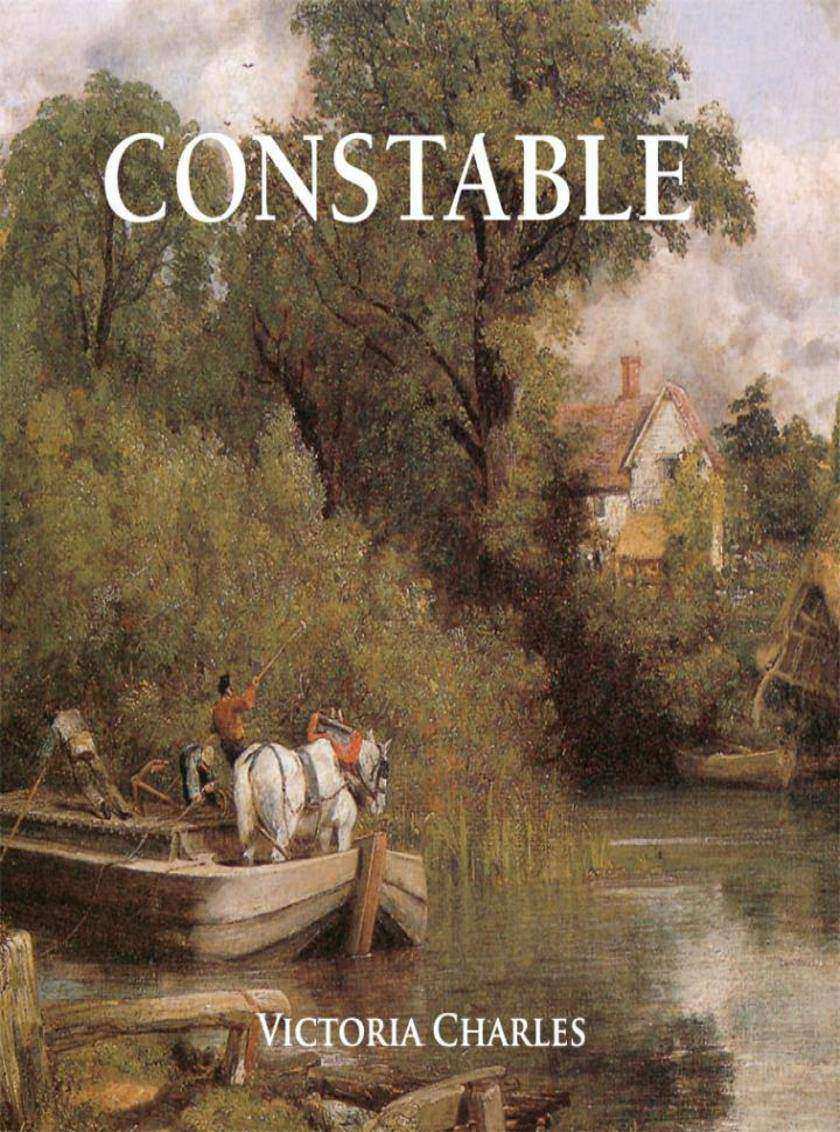
Constable
¥40.79
John Constable was the first English landscape painter to take no lessons from the Dutch. He is rather indebted to the landscapes of Rubens, but his real model was Gainsborough, whose landscapes, with great trees planted in well-balanced masses on land sloping upwards towards the frame, have a rhythm often found in Rubens. Constable’s originality does not lie in his choice of subjects, which frequently repeated themes beloved by Gainsborough. Nevertheless, Constable seems to belong to a new century; he ushered in a new era. The difference in his approach results both from technique and feeling. Excepting the French, Constable was the first landscape painter to consider as a primary and essential task the sketch made direct from nature at a single sitting; an idea which contains in essence the destinies of modern landscape, and perhaps of most modern painting. It is this momentary impression of all things which will be the soul of the future work. Working at leisure upon the large canva
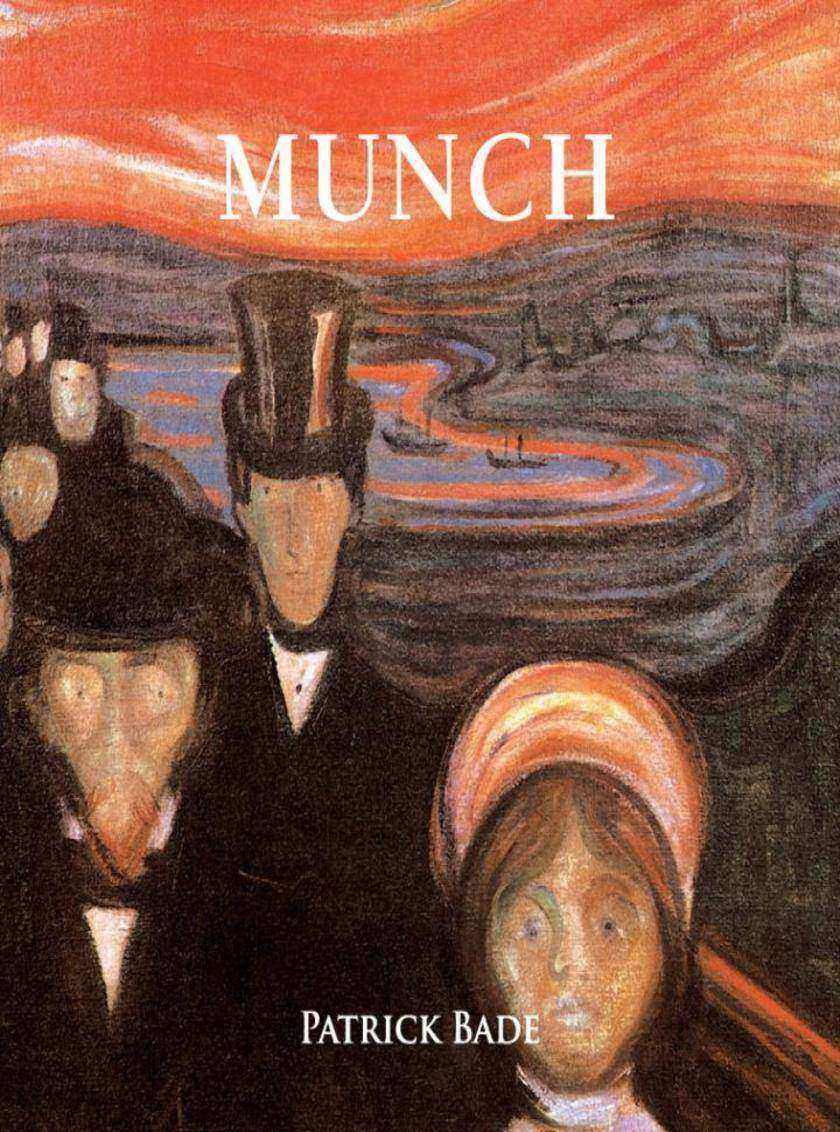
Munch
¥40.79
Edvard Munch, born in 1863, was Norway's most popular artist. His brooding and anguished paintings, based on personal grief and obsessions, were instrumental in the development of Expressionism. During his childhood, the death of his parents, his brother and sister, and the mental illness of another sister, were of great influence on his convulsed and tortuous art. In his works, Munch turned again and again to the memory of illness, death and grief. During his career, Munch changed his idiom many times. At first, influenced by Impressionism and Post-impressionism, he turned to a highly personal style and content, increasingly concerned with images of illness and death. In the 1892s, his style developed a ‘Synthetist' idiom as seen in The Scream (1893) which is regarded as an icon and the portrayal of modern humanity's spiritual and existential anguish. He painted different versions of it. During the 1890s Munch favoured a shallow pictorial space, and used it in his frequently frontal p
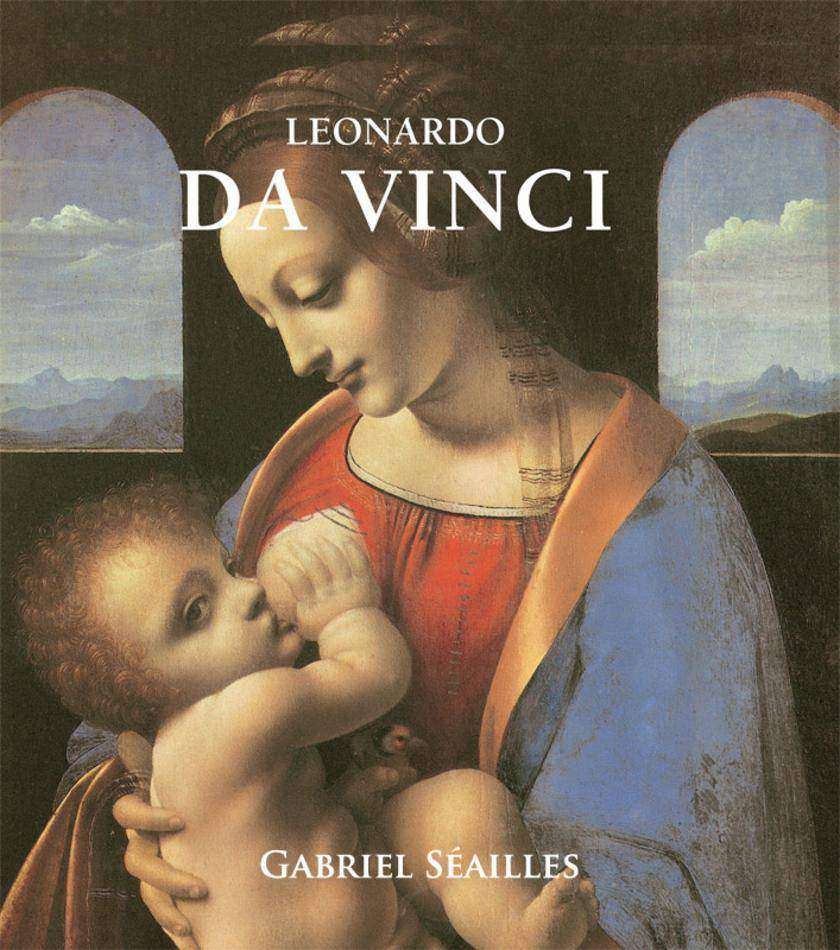
Leonardo Da Vinci
¥40.79
莱昂纳多·达·芬奇(1453—1519)不仅仅是位出神入化的画家,也是一位科学家、解剖师、雕塑家、建筑家、音乐家、工程师、发明家,乃至更多。那么也许该这么问:他不是什么呢?在意大利文艺复兴时期,他为意大利美第奇家族和法国王室创作了美的作品。达·芬奇深受同辈的钦佩,是个闻名全世界的少有而高尚的天才。即使是今天,人们对达·芬奇和他的作品的兴趣仍然丝毫没有消退;时代前沿的艺术家们仍然在研习他的作品和书法,希望能够揭开这位远见卓识的艺术家的秘密。
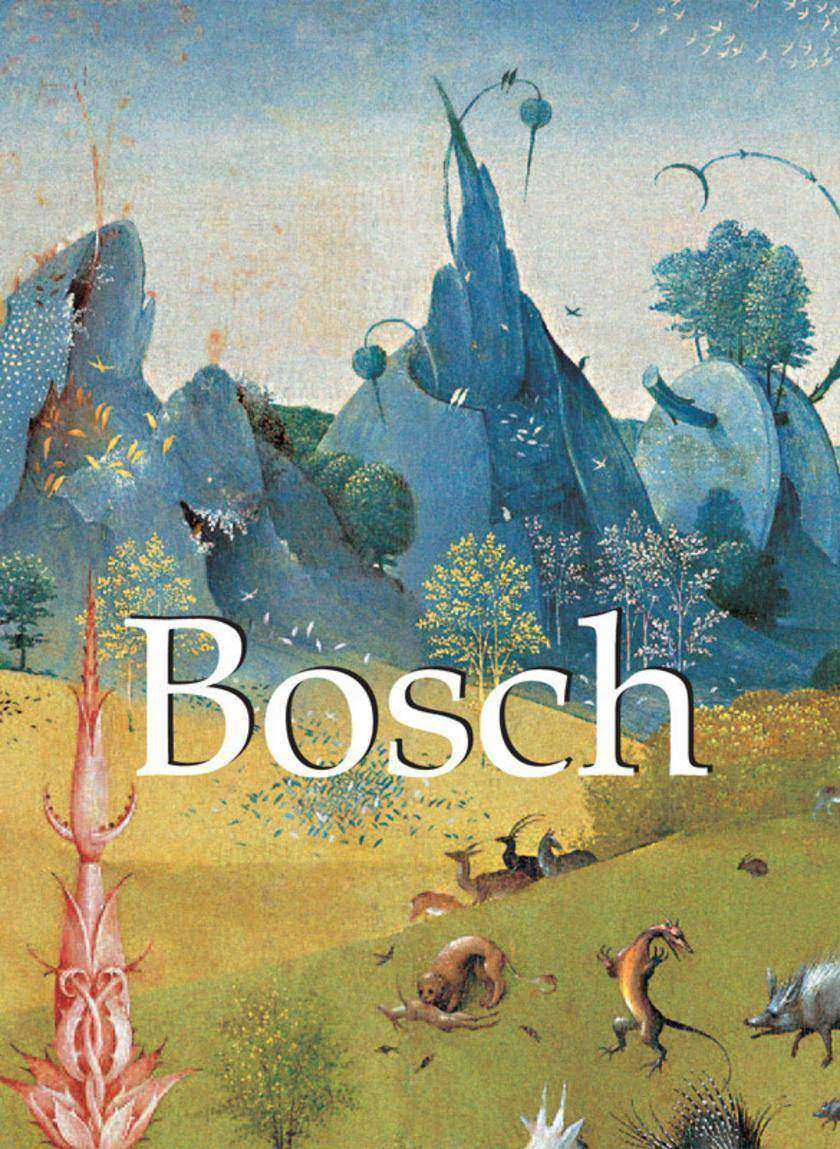
Bosch
¥61.23
在电子游戏发明之前,希罗尼穆斯波希(Hieronymus Bosch)的笔下就已经创作出了恐怖但丑萌的怪物,还带有一点小幽默。他的作品是自信的宣言,有力地挑战了背叛基督教教义之人的精神恐慌。波希生于1450年,死于1516年,他的出生之时正值文艺复兴的高潮时期,也见证了这一时期的宗教战争。中世纪传统和价值观轰然倒塌,为新世纪的到来开辟了道路。在这样的新世纪里,信念失去了力量和魔力。 ?波希开始警告那些不信教者和对上帝丧失了信仰的人——等待是危险的。波希相信所有人必须要有自己的道德选择,他关注地狱、天堂和欲望的主题,才华横溢地挖掘了水果和植物的象征意义,让他的意向充满了强烈的性欲色彩。这本独特的选集展示了波希为引人入胜的作品,小巧的形式也让它成为了一份完美的礼物。

Dürer
¥61.23
阿尔布雷特·丢勒(Albrecht Durer,1471-1528)是北部文艺复兴中*创新性的代表人物之一,他改革了宗教画和世俗画中的风景和肖像的绘画技巧。这本著作精选了不同类型的丢勒作品,紧致小巧的形式也成为了献给每一位艺术爱好者的完美赠礼。
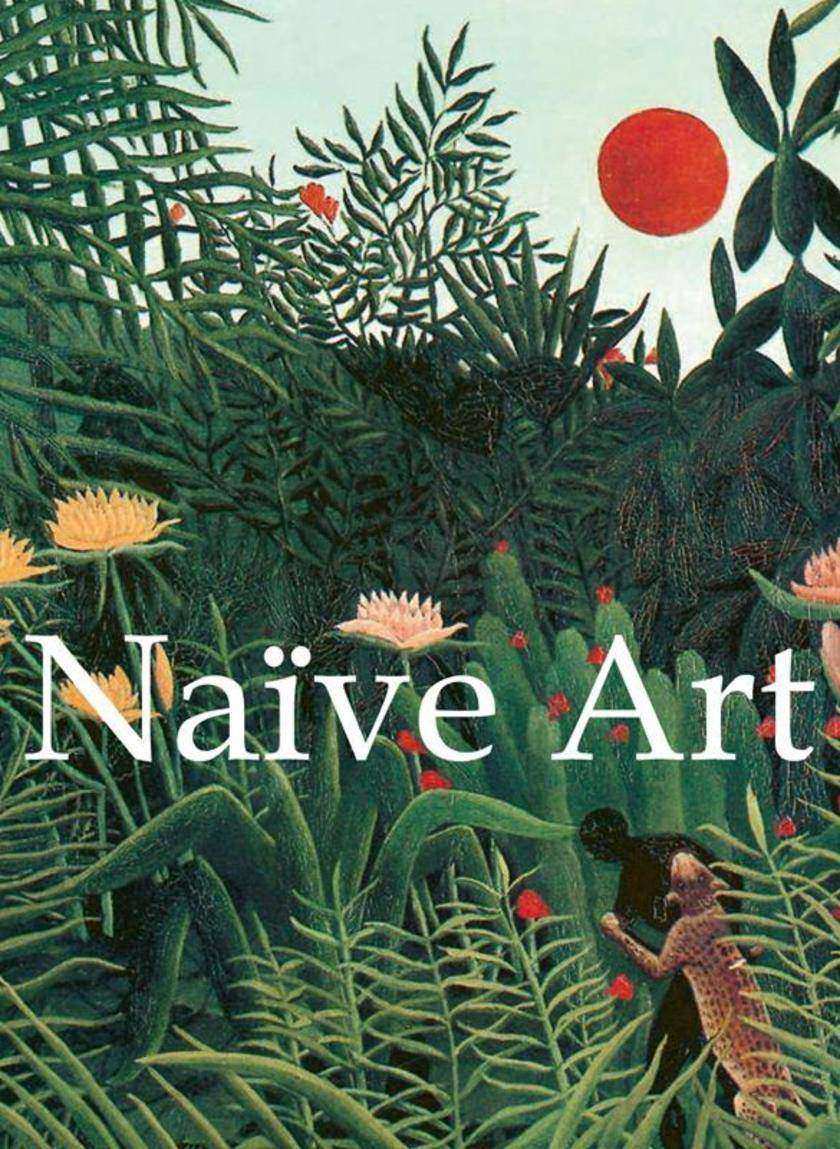
Na?ve Art
¥61.23
Until the end of the 19th century Na?ve Art, created by untrained artists and characterised by spontaneity and simplicity, enjoyed little recognition from professional artists and art critics. Na?ve painting is often distinguished by its clarity of line, vivacity and joyful colours, as well as by its rather clean-cut, simple shapes, as represented by French artists such as Henri Rousseau, Séraphine de Senlis, André Bauchant and Camille Bombois. However, this movement has also found adherents elsewhere, including Joan Miró (who was influenced by some of its qualities), Guido Vedovato, Niko Pirosmani, and Ivan Generalic.

Picasso
¥40.79
Picasso was born a Spaniard and, so they say, began to draw before he could speak. As an infant he was instinctively attracted to artist’s tools. In early childhood he could spend hours in happy concentration drawing spirals with a sense and meaning known only to himself. At other times, shunning children’s games, he traced his first pictures in the sand. This early self-expression held out promise of a rare gift. Málaga must be mentioned, for it was there, on 25 October 1881, that Pablo Ruiz Picasso was born and it was there that he spent the first ten years of his life. Picasso’s father was a painter and professor at the School of Fine Arts and Crafts. Picasso learnt from him the basics of formal academic art training. Then he studied at the Academy of Arts in Madrid but never finished his degree. Picasso, who was not yet eighteen, had reached the point of his greatest rebelliousness; he repudiated academia’s anemic aesthetics along with realism’s pedestrian prose and, quite naturall

Persian Art
¥122.54
This book consists of two sections. The wide-ranging introduction attempts to outline the basic stages in the development of Persian Art, from the first appearance of Persian peoples on the Iranian plateau during the 10th-8th centuries BCE up to the 19th century CE. Detailed commentaries on the works of art reproduced here provide not only factual information (dates, iconography, provenance, techniques, etc.), but are also, in many instances, followed by brief scholarly studies of the examples of Persian art housed in various museums of the former Soviet Union that are, in the authors’ opinion, of the greatest interest and significance. Some of these objects are reproduced and discussed here for the first time.
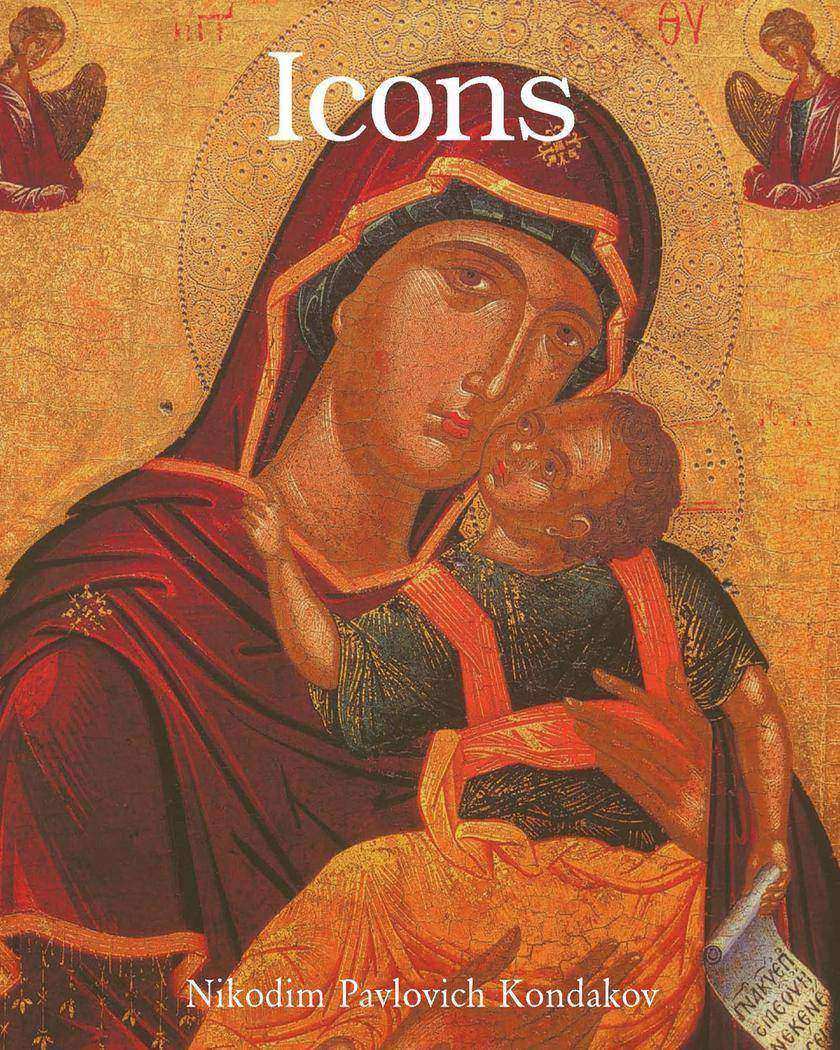
Icons
¥122.54
As such, icons deserve the attention of art historians, for artistic handicrafts present difficult and complicated problems to historical interpretation which, for such reasons, have long been avoided. The time has come for Russian archaeology to study Russian icon-painting and trace through this particular phenomenon's five centuries of history. Three centuries of neglect beginning with Peter the Great have sundered the Russian people from the last flourishing period of this artform and destroyed a greater number of icons than all the town fires and devastations in the Russian countryside combined.
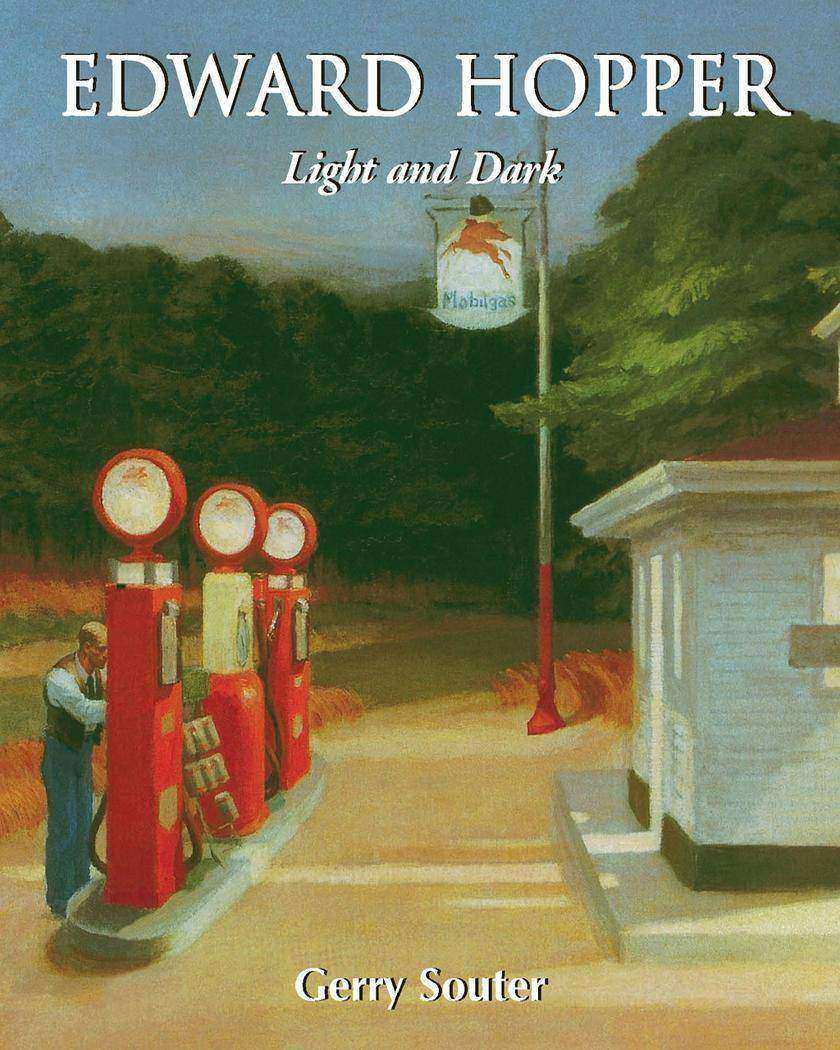
Edward Hopper Light and Dark
¥122.54
爱德华·霍普,1882年出生于奈阿克,是重要的美国画家之一。在学习了插图画之后,他进入了大名鼎鼎的纽约艺术学院学习,师从罗伯特·亨利(Robert Henri)。亨利对霍普产生了重大的影响,他鼓励霍普从美国人的生活中去发现素材。在创作中,诗意地表达了人们反对二十世纪二十年代的美国生活方式的孤独。受到电影作品—特别是多种摄影角度和人物性格的影响,他的绘画作品表达了对大众文化的疏离感。通过采用冷色调和绘画匿名人物,霍普的作品同样象征性地反映了大萧条时期。尽管霍普曾多次游历欧洲,但他在当时流行的的改革绘画面前仍然无动于衷,例如立体主义,例如超现实主义。霍普用一种非常个性化的形式来表达主题,致力于效仿古典艺术家,例如伦布兰特(Rembrandt)、德加斯(Degas)或者杜米埃(Daumier)。他绘画的加油站、旅馆和日常生活的场景代表了对个人主义的美学宣言、宽敞的开放空间和美国的基本价值观。霍普在1967年去世了,在美国艺术上留下了后的痕迹。
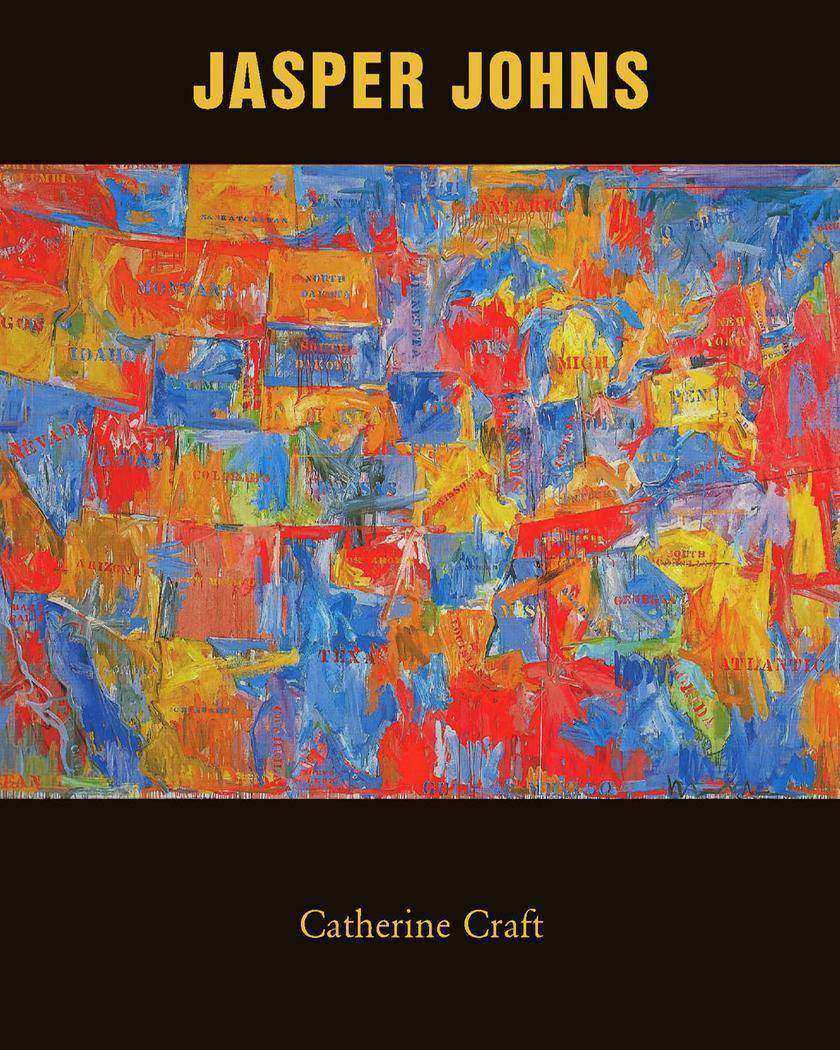
Jasper Johns
¥122.54
这本书不仅仅为读者展示了这位艺术家那类目众多的艺术画卷,同样讨论了他对二十世纪六十年代及其之后的艺术的影响,以及他与当时其他的艺术大家的个人和艺术交往。这本书回顾了琼斯的艺术,同时它也展示了过去六十年美国艺术图景,让读者能够感受到他们喜爱的艺术家在历史和当代的重要性。

Leonardo da Vinci volume 1
¥122.54
莱昂纳多·达·芬奇(1453—1519)不仅仅是位出神入化的画家,也是一位科学家、解剖师、雕塑家、建筑家、音乐家、工程师、发明家,乃至更多。那么也许该这么问:他不是什么呢?在意大利文艺复兴时期,他为意大利美第奇家族和法国王室创作了美的作品。达·芬奇深受同辈的钦佩,是个闻名全世界的少有而高尚的天才。即使是今天,人们对达·芬奇和他的作品的兴趣仍然丝毫没有消退;时代前沿的艺术家们仍然在研习他的作品和书法,希望能够揭开这位远见卓识的艺术家的秘密。
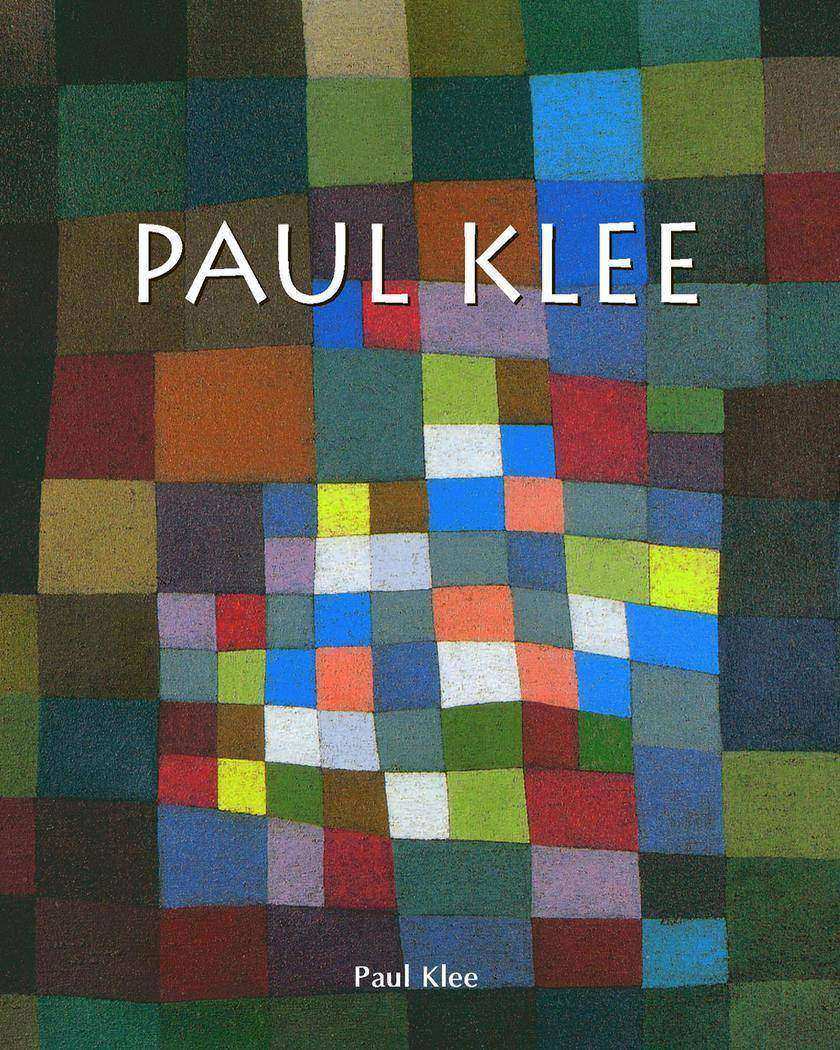
Paul Klee
¥122.54
作为二十世纪早期的标志性人物,保罗·克利(Paul Klee)参与了德国和瑞士前卫的先锋派运动。从充满活力的青骑士运动开始,到二十世纪三十年代末的超现实主义时期,以及他在包豪斯从教的岁月里,保罗·克利研究了诗歌、文学、以及重要的音乐等其他艺术媒介,来试图抓住绘画那有机的、和谐的本质。尽管他与其他艺术家——例如奥古斯特·麦克(August Macke?)和雅弗林斯基(Alexej von Jawlensky)合作过,但他有名的合作伙伴还是抽象表现主义画家瓦西里·康定斯基(Wassily Kandinsky)。作者艾力克.薛恩斯(Eric Shanes)——她还是安迪·沃霍尔(Andy Warhol)和布朗库西(Constantin Brancusi)的专著作者——的这本专著,通过收集和展示保罗·克利重要的作品,向读者发出了探索这位画家诗人那无可替代的艺术人生的邀请。

The Art of the Shoe
¥122.54
Aside from noticing a shoe for its comfort or elegance, contemporaries rarely take interest in this necessary object of daily life. However, the shoe is considerable in the history of civilization and art.
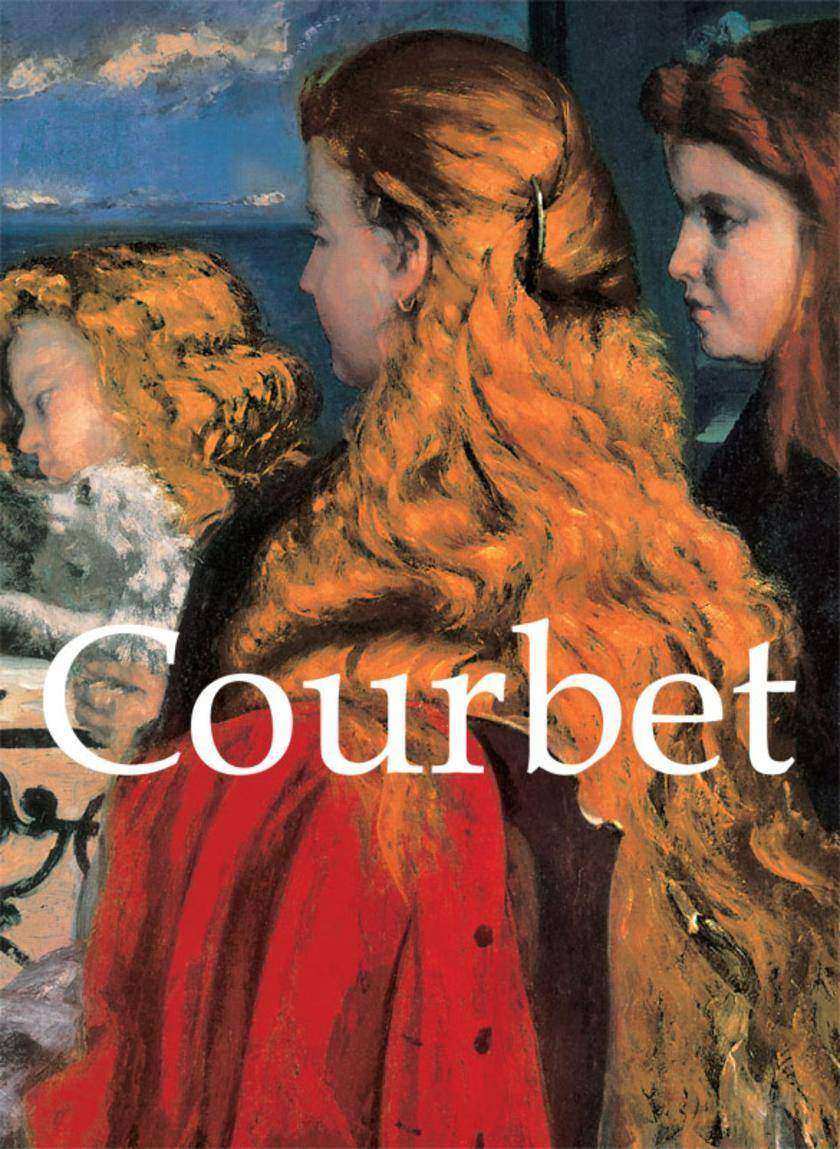
Courbet
¥61.23
居斯塔夫库尔贝(Gustave Courbet,1819--1877)的出生地奥尔南(Ornans)靠近美丽的杜河峡谷的地方,也正是这个地方,让这个男孩成长为男人,并培养了他对于这片风景的热爱。 在本质上,他是个革命者,天生具有反抗现存秩序和独立的精神;他咆哮和残酷的性格使得他的革命性不仅仅体现在艺术中,也体现在政治上。在这两个方面,他的革命精神不证自明。他到巴黎去学习艺术,但是他却不属于任何一个著名的大师的工作室。在此之前在母国,他只学习了很少的绘画技巧,他更愿意去卢浮宫中学习大师的杰作。初,他的绘画作品还不足以引起任何的反对声音,并被一些美术展览馆收录。而面对之后的《奥尔南的葬礼》,批评家激烈地抨击道:“这是一场伪装的葬礼,在这六米长的画布中,只有啼笑皆非,没有痛哭流涕。”确实,对库尔贝作品真实的攻击便是鲜活的血肉。他真实地刻画了男男女女的真实面貌和他们从事的事情。他笔下的人物,绝非剥夺了个性、理想化类型的男男女女,也绝不是摆着造型来装饰画布。他宣扬真实的、原本的东西,宣称真理才是艺术家追求的目标。所以,在1855年的世界博览会上,他将他的作品从展览厅中取出,放在入口外的一个小木厅旁。在小木厅上他悬挂了一张大写的横幅,上面写着:“库尔贝——现实主义者。”和每一个革命者一样,库尔贝也是位*主义者。他忽视了这样的事实:自然的真理隐藏在不同的伪装下,不同的视角和经历都会对其有所影响。相反,他坚持认为艺术仅仅是自然的复制品,重新选择和排列也就无关紧要了。在追求美的过程中,库尔贝常常选择那些比较丑陋的主题。但是他同样也有审美观,这体现在他的风景画中。这种美感与他深厚的情感相混合,体现在了他的海景画中——他后一幅令人印象深刻的作品。不仅如此,无论是否吸引观赏者,他所有的作品都证实了他是一位强有力的画家,以宽广、自由的姿态,色彩的美感和坚固的颜料,使得他的代表作真实而震撼人心。




 购物车
购物车 个人中心
个人中心



